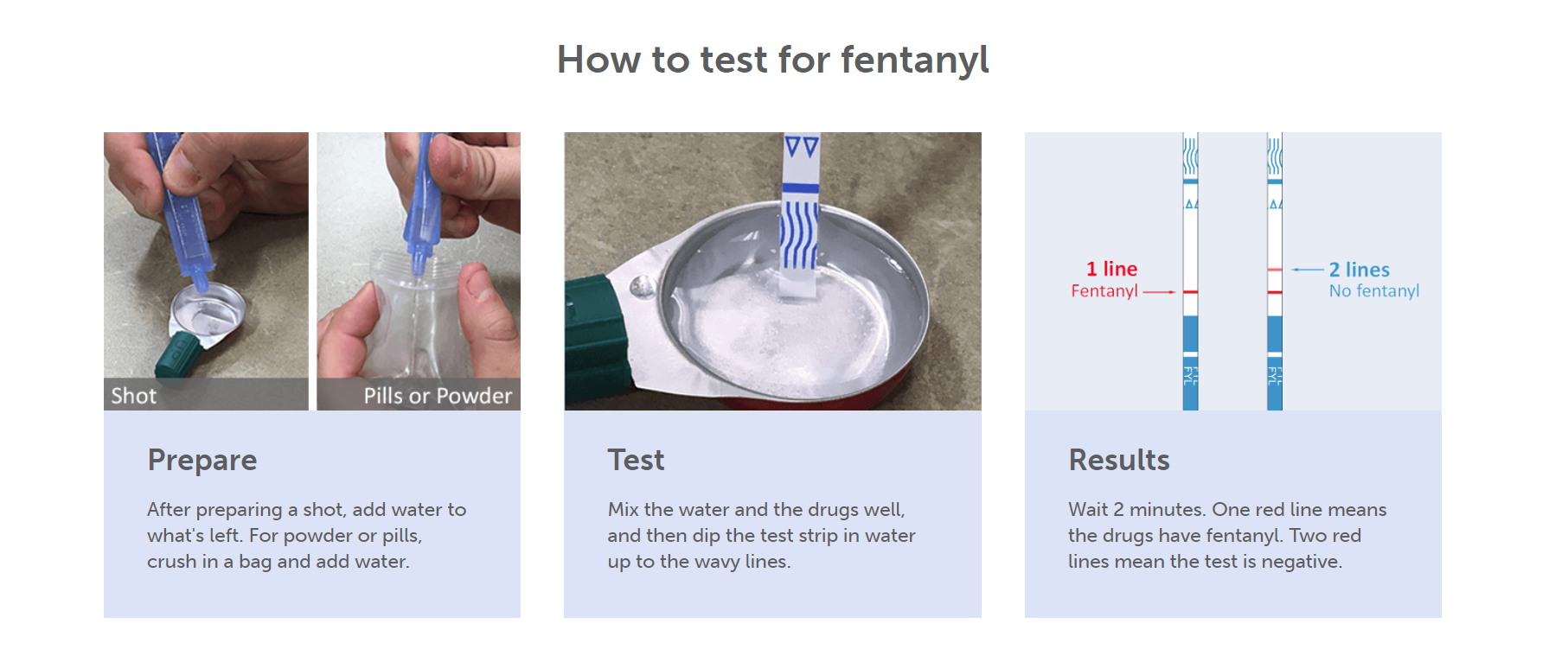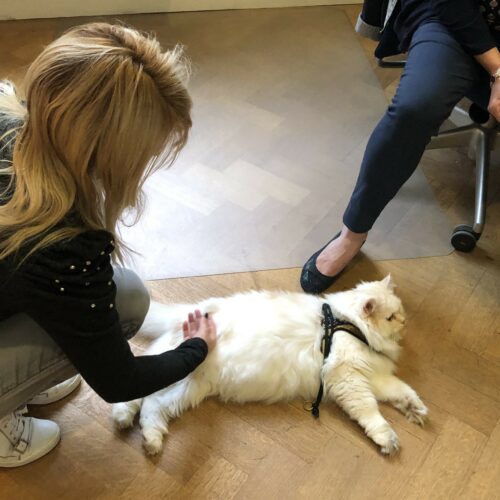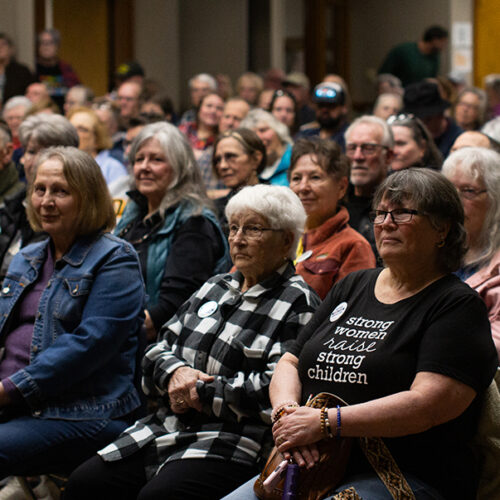
Mixed messages: Idaho Legislature legalizes fentanyl testing strips, disbands safe syringe program
Listen
(Runtime 3:49)
Read
Idahoans will have access to fentanyl testing strips this year following legislative action on a bipartisan bill to legalize the strips. They are considered a harm reduction tool, previously characterized as drug paraphernalia.
The move could be beneficial, especially for people who aren’t established drug users, said Shaun Hogan, a recovery coach at the Latah Recovery Center.
“If what you’re trying to use is fentanyl, you probably don’t need the fentanyl test,” Hogan said. “If what you’re thinking you’re using is not associated with fentanyl, then it could save your life.”
Street drugs and fake pharmaceuticals often are laced with potentially lethal doses of fentanyl, which easily can lead to a fatal overdose, said Norma Jaeger, director of Recovery Idaho.
The testing strips might be more appealing to conservative politicians that dominate the state’s Legislature than other harm reduction tools, Jaeger said.
“I think one of the selling points was that it could help younger people who are not addicted, who might try some other drug without realizing that it could be contaminated with fentanyl,” she said.
The new law legalizing fentanyl testing strips is set to take effect July 1. Darrell Keim, director of the Latah Recovery Center, said it’s not clear yet if, or when, recovery centers will be able to stock the test strips.
“The state of Idaho legalized them but are they going to be paying for them,” Keim asked.
Still, unlike other harm reduction tools, such as the opioid reversal drug naloxone, which can cost upward of $50 for two doses at a pharmacy, fentanyl test strips usually cost a few dollars each.
Several recovery centers and harm reduction groups, including the Latah Recovery Center, provide free naloxone to the public through grant funding.
However, while Idaho’s bill to legalize fentanyl testing strips passed the House unanimously, and faced almost no opposition in the Senate, the Legislature, at the same time, moved to repeal the Safe Syringe and Needle Exchange Act, first implemented in 2019.
That means soon, safe syringe exchanges like the one adopted by the Latah Recovery Center will be illegal.
“The original interpretation was that we had until June 30,” Keim said. “However, I have seen an email from Health and Welfare stating that they might be implementing that new law quicker. So, we don’t know.”
This month, the Idaho Department of Health and Welfare removed public access to its page on Safer Syringe Exchange programs, which had included information on Idaho’s programs and Centers for Disease Control data related to the efficacy of the programs, including that research does not show safe syringe programs to increase drug usage.
The Legislature’s decision came after a police raid of the Idaho Harm Reduction Project’s Caldwell and Boise offices regarding an investigation of the distribution of drug paraphernalia. At the time of the raid, fentanyl test strips also would have been considered paraphernalia.
“They were allegedly passing out things that were not legal in the state of Idaho,” Keim said.
When Idaho first passed the Syringe and Needle Exchange Act, it was championed by sanitation workers concerned about the needle-stick risk of removing needles discarded in public spaces.
However, Keim said, recovery centers also embraced the service as an evidence-based harm reduction practice to reduce disease transmission without increasing illegal drug use.
“What I’ve seen is they wanted to avoid any possibility of impropriety and thought it was too vague in the legislation,” Hogan said. “So, if they were going to bring it back, it would be with greater clarity as to what can and can’t be done as part of a harm reduction project.”
In March, the Idaho Press quoted Rep. Mike Kingsley, R-Lewiston, saying the Legislature needed to repeal the current syringe exchange program and come back with something that brought the program back to its original intent.
Data from the CDC shows safe syringe program users are five times more likely to enter a drug treatment program, and three times more likely to quit. However, Jaeger said, some opponents of the syringe program also said there wasn’t sufficient data from Idaho showing the program’s benefit.
A problem with that, Jaeger said, is that the syringe program was only implemented in the summer of 2019, indicating the pandemic slowed implementation. Another is that a major goal for the syringe exchange was preventing diseases like hepatitis, HIV and other blood-borne pathogens.
“It’s very difficult always to establish that something you were working to prevent, actually got prevented,” she said. “What we do know is that over a million used syringes were returned and were disposed of safely and properly, nearly a million.”
Although some legislators have said they plan to reintroduce the safe syringe program, Keim said he worries whether it will actually happen.
“I’m concerned that they’ll just do the first half and not the second half,” he said. “The fact that it’s going to go away will lead to people dying, which is my biggest concern.”
















